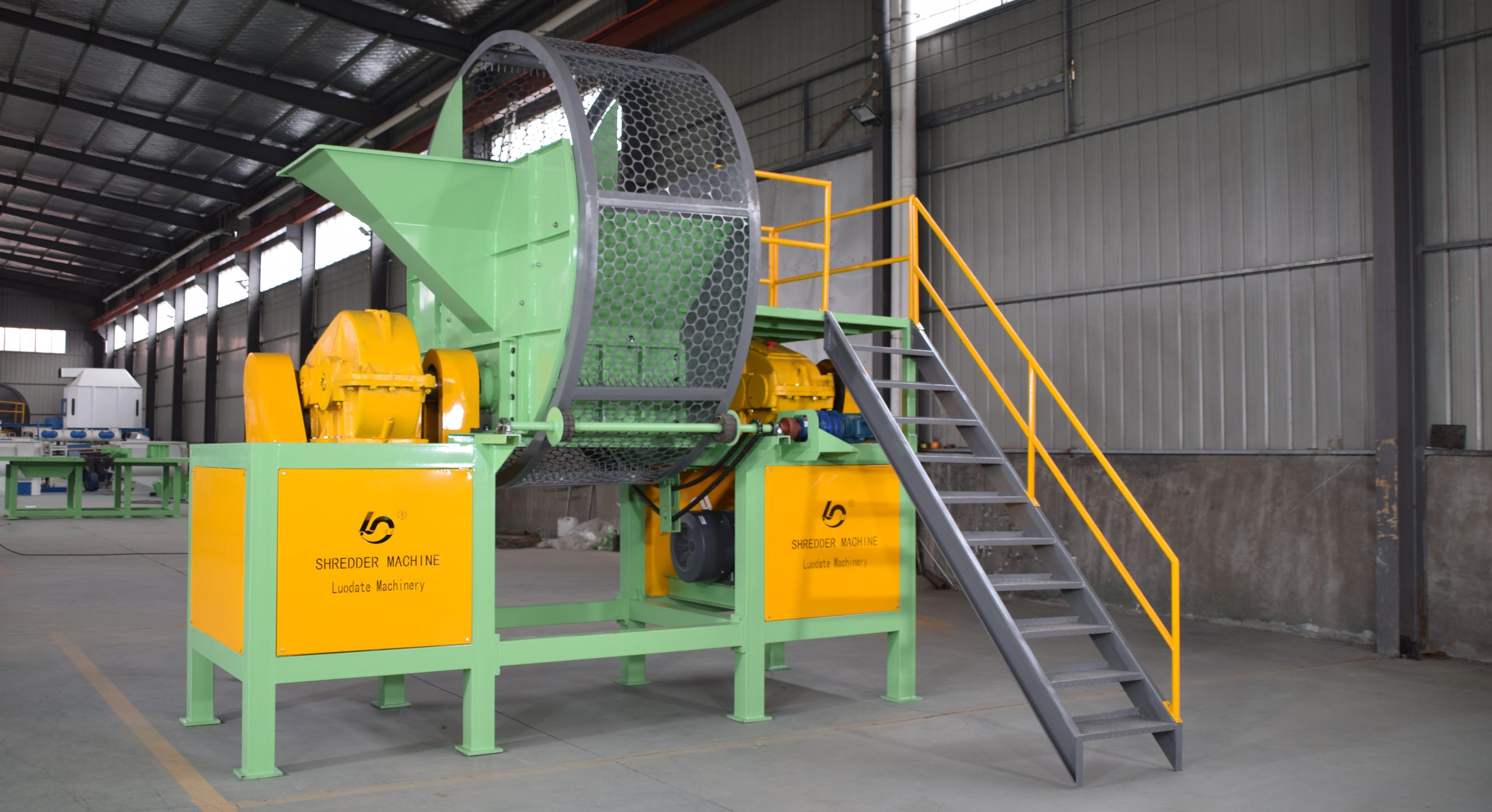How to dispose of tires?
What to do with the tires?
Tire recycling has become an important aspect of waste management and environmental sustainability. With millions of tires discarded every year around the world, it is imperative to find effective ways to recycle tires and reuse them. This article explores the tire recycling process, its impact on the environment, and various innovative applications for recycled tires. By understanding the importance of recycling, individuals and businesses can contribute to a greener future while minimizing the adverse impact of tire waste on the planet.
Let’s find out how to dispose of waste tires.
What is tire recycling?
The tire recycling process involves using tires that are too worn to be used in vehicles anymore. The high availability, volume, elasticity and non-biodegradability of tires make the waste tire recycling business lucrative. Plus, with more than 500,000 tires thrown away every year, recycling is not only a profitable investment, but also a great way to reduce landfill waste. So then, what does the tire recycling process involve?

How to Recycle Tires? Tire Recycling Process:
Collect used or worn tires
Collection is the first step, just like any other recycling process. This function can be assigned to individuals or businesses who collect waste tires for a fee and send them to collection points. Once the required quantities are reached, they are loaded onto trucks and sent to processing plants.
Whole tire processing
When the tires arrive at the processing plant, they are cut into small pieces. This step is important as it aims to reduce the bulk of the tire while creating a material that is easy to handle. The tire shredder is specifically designed with two counter-rotating shafts for shredding tires into 2-inch pieces. Generally, the final product of this stage can be used as a raw material for tire fuel. Tire processing involves several stages:
Wire & Fiber Processing Stage
This entails processing and preparing the tire shreds obtained in the first stage to eliminate tire wires and separate them from the rubber, which is often used for strength, versatility and elasticity. It also includes process screening and fiber separation. These wires are sent to rolling mills to create new steel, while the rubber mulch can be used as turf for fields or playgrounds
Screening and Grinding Stage
Here, watch the rubber closely to make sure there are no wires or other forms of contamination. Screening involves large quantities of rubber of different sizes, which are wire-free, sorting them according to size while eliminating unwanted material. Unnecessary and oversized rubber pieces are also reduced here
Cleaning stage
After the screening is completed, the obtained rubber is thoroughly cleaned with water and other cleaning agents. The clean rubber is then packaged and transported to other factories that require rubber as a raw material, such as rubber shoe manufacturers and playgrounds, etc.

